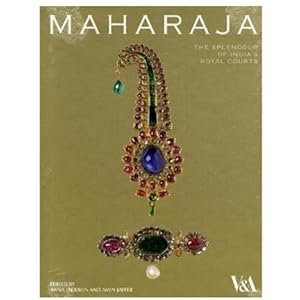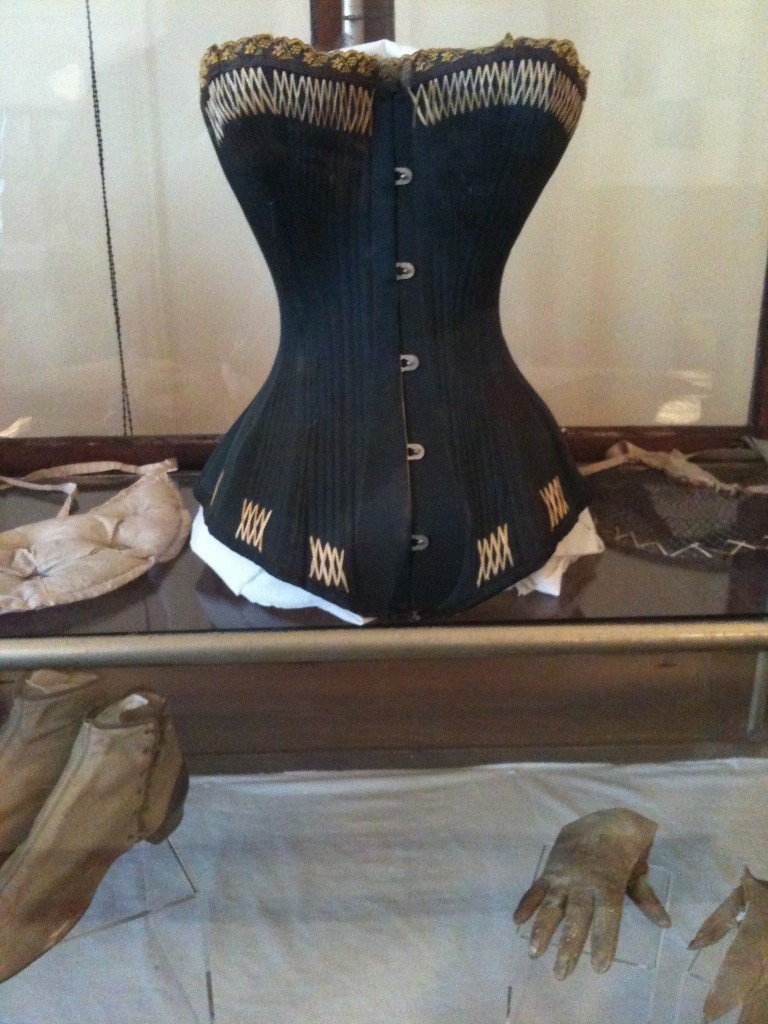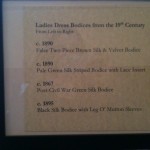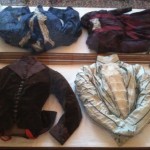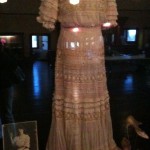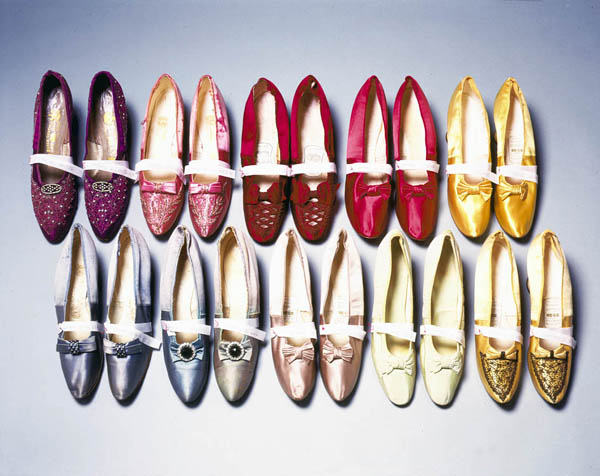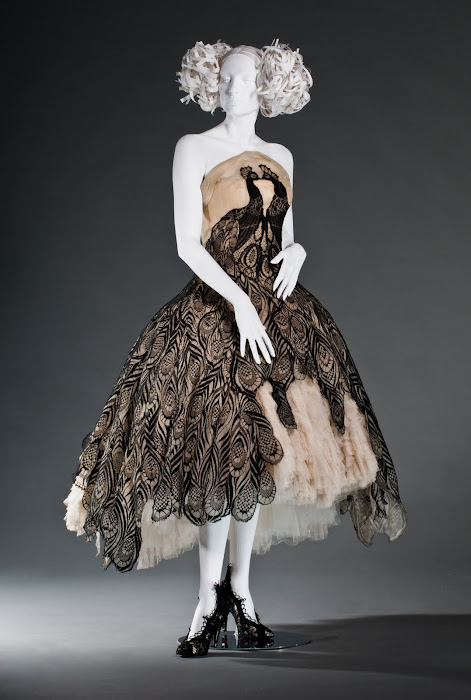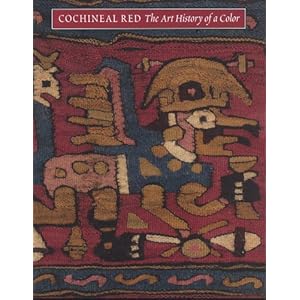What: “Dolls: Collections, Stories, and Tradition” Exhibition
Where: African American Art & Culture Complex, Sargent Johnson Gallery, 1st Floor, San Francisco
When: Opening Reception: February 2, 2012, Time: 6 p.m. – 8 p.m. (Exhibition on view Feb 2 — May 3)
Details:
The Sargent Johnson Gallery is pleased to present a doll exhibition that addresses a need to celebrate the diversity and beauty of African American and African people and their experience, manifested in dolls. This exhibition is a survey, with selected samples of dolls from several collections and doll makers who have as their focus Black Dolls. They come in all shapes and sizes. They are made of various materials and have different functions. They tell stories and are witness to history. The human form doll is among the first play toys a child, especially a female child has to identify with; thus, its aesthetic appearance has important implications for how a child perceives his or her self image.
Curated by Nashormeh Lindo, this exhibition serves as a response to the underrepresentation of positive images reflective of the black experience in the mainstream toy and doll industry and that have negative implications for young girls from the Western Addition—primarily those who are African American of a darker skin complexion. Come and learn about the fascinating world of African and African American dolls!
Click here for more details: African American Art & Culture Complex

